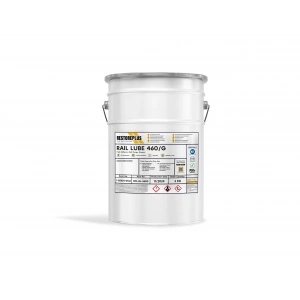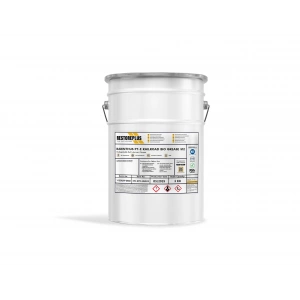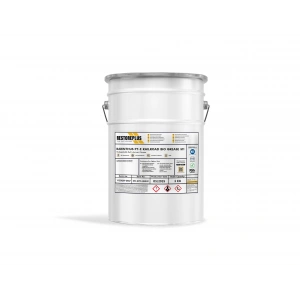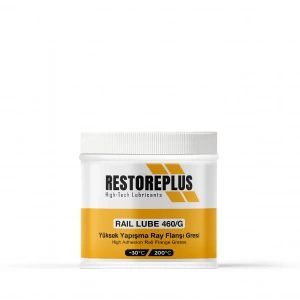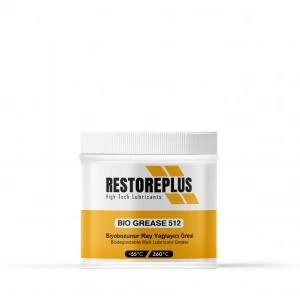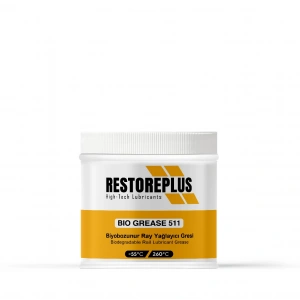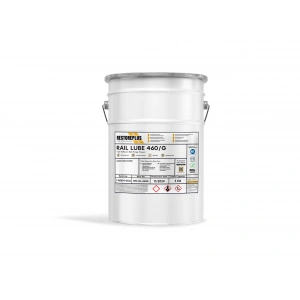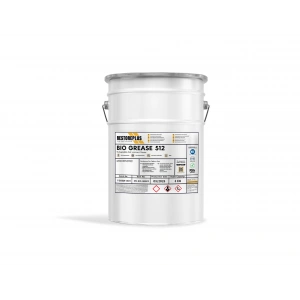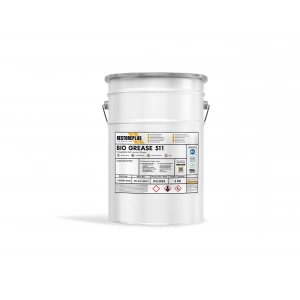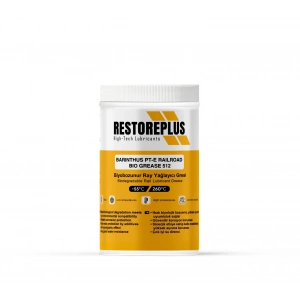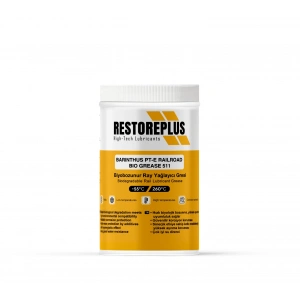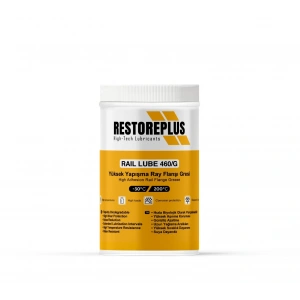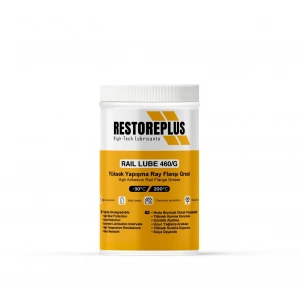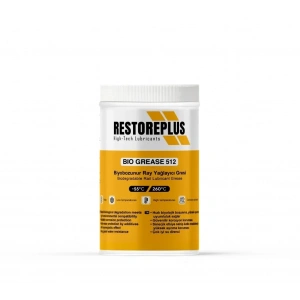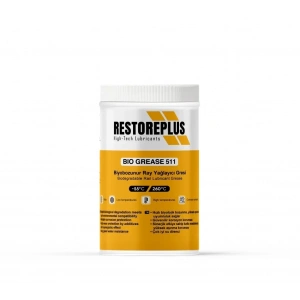
Categories
-
Otomotiv Yağları
0W-16 Motor Yağları 0W-20 Motor Yağları 0W-30 Motor Yağları 0W-40 Motor Yağları 10W-30 Motor Yağları 10W-40 Motor Yağları 10W-60 Motor Yağları 140W Dişli Yağları 15W-40 Motor Yağları 15W-50 Motor Yağları 20W-50 Motor Yağları 5W-20 Motor Yağları 5W-30 Motor Yağları 5W-40 Motor Yağları 5W-50 Motor Yağları 75W-90 Dişli Yağları 80W Dişli Yağları 80W-90 Dişli Yağları 85W-140 Dişli Yağları 85W-90 Dişli Yağları 90W Dişli Yağları
- AdBlue
- Ağır Vasıta / Ticari Araç Yağları
- Antifriz
-
Endüstriyel Yağlar
Açık Dişli Yağı Ağır Hizmet Yağları Çapak Önleyici Sıvılar Delme Kesme Yağları Derin ve Tel Çekme Yağları Dişli Yağ Katkıları Doğal Gaz Motoru Yağı Ester Yağları Gaz Kaçak Sıvıları Genel Amaçlı Yağlar Gıda Endüstri Yağları Hidrolik Sistem Yağları Isı Transfer Yağları Kalibrasyon Yağı Kalıp Ayırıcı Yağlar Kapalı Sistem Dişli Yağları Katkı Maddeleri Kaya Matkap Yağları Kılavuz Çekme Yağı Kızak Yağları Compressor Oils Korozyon Önleyici Yağlar Kuru-Katı Yağlayıcılar Metal İşleme Sıvıları Mos2 Yağlayıcılar Otomatik Yağlayıcılar Pnömatik Şartlandırıcı Yağ Proses Yağları Saf Kesme Yağları Sentetik Amortisör Yağı Sentetik Katkılar Silikon Yağları Soğutma Sıvıları Sirkülasyon Yağları Şanzıman & Dişli Yağları Tek Dereceli Yağlar Tekstil Yağları Tel Halat Yağı Test Yağı Referans Sıvıları Trafo Yağları Transmisyon Yağları Türbin Yağı Vakum Yağları Yarı Kuru Yağlayıcılar Yüksek Performans Yağları Zincir Yağları
-
Gresler
Noise Damping Greases Çevre Dostu Gresler Çok Amaçlı Gresler Dişli Gresleri Düşük Sıcaklık Gresleri Elektrik Kontak Gresleri Ester Bazlı Gresler Florlu Gresler Florosilikon Gresleri Genel Amaçlı Rulman Gresleri Food Greases İzolasyon Gresi Kalsiyum Gresler Kalsiyum Sülfonat Gresler Kauçuklu Gresler Lityum Gresler Lityum Kompleks Gresler Otomatik Yağlama Gresleri Polyurea Gresler Silikon Gresler Suya Dayanıklı Gresler Yarı Akışkan Gresler Yüksek Basınç Gresleri Yüksek Devir Gresleri Yüksek Performans Gresleri Yüksek Sıcaklık Gresleri Yüksek Yük Gresleri
-
Kimyasallar
El Temizleme Kremleri Endüstriyel Kaplamalar Endüstriyel Temizleyiciler Kayış Bakım Spreyi Kaynak Kimyasalları Koruyucu ve Bakım Yağları Kuru-Katı Yağlayıcı Spreyleri Metal Koruyucular Saf Su Silikon Ayırıcı Sıvı Solventi Soğutma Sıvıları Tinerler Yağlayıcılar ve Pas Gidericiler Yüzey Koruyucu Kaplamalar Yüzey Koruyucu Ürünler
- Marin
- Montaj Pasta ve Gresleri
- Motosiklet
-
Oto Bakım Ürünleri
Aletler ve Ekipmanlar Bakım Malzemeleri Cam Suyu Direksiyon Yağları Duman Kesiciler Fren & Balata Spreyleri Fren Yağları Frenleme İçin Özel Gresler Klima Temizleyiciler Kontak Temizleme Spreyleri Koruyucular Lastik Tamir Kiti Motor İç Temizleyiciler Oto Kozmetik Özel & Pratik Aletler ve Elemanları Performans Arttırıcılar Radyatör Onarıcılar Radyatör Temizleyiciler Şanzıman Katkıları Silikon Spreyleri Soğutma Sıvıları Temizleme Spreyleri Yağ Katkıları Yakıt Katkıları
-
Spreyler
Yüksek Sıcaklık Spreyleri Silikon Spreyler Açık Dişli Gres Spreyi Basınçlı Hava Spreyleri Çapak Önleyici Spreyler Çok Fonksiyonlu Spreyler Delme Kesme Spreyi Elektrik Kontak Spreyleri Gaz Kaçak Spreyleri Gıda Endüstrisi Spreyleri Kalıp Ayırıcı Spreyler Kesme Yağı Spreyleri Korozyon Önleyici Spreyler Koruyucu Spreyler Kuru Yağlayıcı MOS2 Sprey Montaj Spreyleri Pas Sökücü ve Yağlayıcılar Silah Bakım, Yağlama ve Spreyleri Soğutucu Spreyleri Spreyler Temizleme Spreyi Yağlayıcı Spreyler Yüksek Basınç Yağlama Spreyleri Yüksek Performanslı Gres Spreyleri Zincir Yağlama Spreyleri
- Yapıştırıcılar
- See all

